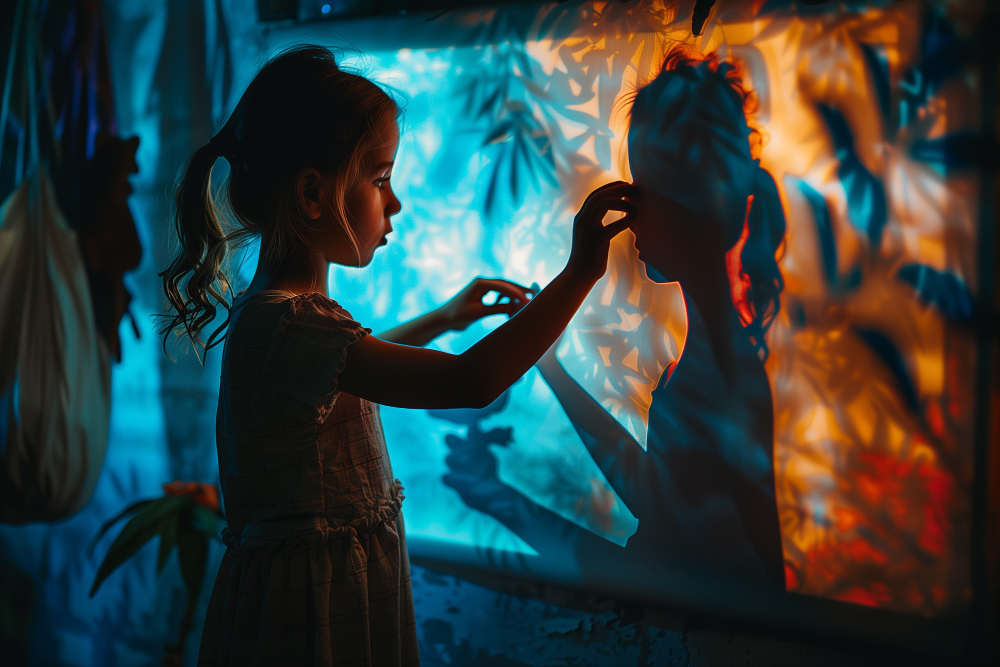FAQs
- Home
- FAQs
FAQ | Artwork for Sale | Buy Art & Paintings Online from Top Artists Discover the Art of Possibility

FAQs
How do I sign up as an artist or art buyer on ZicoArt?
Answer: Signing up on ZicoArt, an art selling platform, is easy and straightforward. Simply choose the “Sign Up” option here on our art website for artists. Follow the prompts to complete your profile setup and start buying art or selling your artwork.
What are the commission rates for selling artwork on ZicoArt?
Answer: ZicoArt is committed to fair compensation for artists. We offer one of the lowest commission rates in the industry at only 25%, ensuring artists receive a significant portion of the sales price from selling art work, paintings for sale, and other artwork for sale.
Can I purchase art from anywhere in the world?
Answer: Absolutely! ZicoArt is a global art selling website, and we feature artists from across the globe. Art buyers can explore and buy art, including artist paintings and other artwork for sale, regardless of their or the artist’s location. We provide detailed shipping information and assistance for international transactions.
How does ZicoArt support artists with disabilities?
Answer: ZicoArt prides itself on being an inclusive platform for art performers. We offer tailored support for artists with disabilities, including accessible website features, personalized assistance for setting up and managing their profiles, and special programs to highlight their work. Our mission is to ensure every artist, including those participating in the artist's exhibition or illustrators art show, has the opportunity to showcase their talent.
What is the return policy for artworks purchased on ZicoArt?
Artist Profile Photo Tips
Crafting Your Artist Biography
To help you present a compelling narrative to gallery visitors, we recommend effectively communicating key aspects of your artistic journey. Consider including:
- Your origins and current residence to provide context to your artistic perspective.
- Your educational background and any formal or self-taught training.
- Influences that shape your creative process and the sources of your inspiration.
- Preferred mediums and techniques, such as Aquarelle (Watercolor), Oil, Acrylic, or Ink, and explain why these resonate with you.
- Notable mentors or artists you’ve collaborated with to add credibility and depth to your artistic network.
- Achievements such as awards and recognitions that highlight your professional accomplishments.
- Participation in exhibitions to showcase your active engagement in the art community.
- Inclusion of your works in both private and public collections to underscore your acceptance and presence in the art world.
Remember, a well-crafted bio not only shares your background but also enhances your connection with potential buyers and art enthusiasts.
Crafting Your Artist Statement
An artist statement is a succinct reflection of your creative intent, capturing the essence of why you create. Consider the following to refine your statement:
- Identify the main themes or subjects of your artwork.
- Clarify what your work represents or explores.
- Describe your creative process and techniques.
- Reflect on the sources of your inspiration, whether they are visual, conceptual, or contextual.
- Contemplate the intended impact or response you seek from your audience.
- Position your work within the broader context of art history or contemporary movements.
This brief statement is your opportunity to engage viewers by providing insight into your artistic mind. Aim for clarity and depth to leave a lasting impression on those who encounter your work.
Information About Your Art
Artwork Title/Name
Each piece should have a unique title that reflects its theme or concept.
Artwork Description/Story
Use this space to enrich the viewer's understanding of your art. Detail the materials used, the type of surface it’s on, and any framing recommendations. This is your chance to share the story behind the creation or any symbolic meanings.
Date of Creation
Clearly state when the artwork was created.
Artwork Price
Set a clear, fact-based pricing structure. Your prices should reflect the cost of materials and labor, market trends, and prices of similar artworks. For paintings, provide both framed and unframed prices. Always be prepared to explain your pricing to maintain transparency with potential buyers.
Category - Medium - Style - Subject Matter
This information is crucial for searchability on the platform. Be as detailed as possible to ensure your art reaches the right audience.
Dimensions
Dimensions are critical. Accurately list the size of your artwork in centimeters or inches, specifying both framed and unframed dimensions. Correct measurements ensure buyers can effectively plan for display in their spaces.
Keywords
Select up to five keywords that best describe your artwork. Focus on elements like medium, mood, predominant colors, materials used, and any notable inspirations. Effective keywords can significantly enhance the discoverability of your work on the platform.
Photograph Your Artwork
Capturing your artwork in its best light is a crucial step in presenting it to potential buyers. Here are guidelines to help you photograph your art effectively:
Arrangement
Set up your artwork against a neutral, light-colored background (preferably white) to prevent any color distortion in your photos.
Lighting
Utilize diffused or natural sunlight for the most flattering effects. If direct sunlight is too harsh, soften it with a white fabric or curtain to eliminate glare and ensure even lighting. For indoor lighting, avoid using direct artificial lights or flash; instead, opt for multiple indirect light sources or a reflector to achieve a balanced illumination.
Focus, Blur, and Placement
Ensure your camera is stable by using a tripod or a steady support surface to avoid any blur. Photograph your artwork at a 90-degree angle to maintain perspective and integrity. Always use the highest resolution possible to allow detailed viewing, enabling collectors to zoom in and appreciate the finer textures and elements of your piece.
Post-Processing/Editing
Keep editing to a minimum to ensure the photograph accurately represents the artwork. If necessary, only crop out the background to clean up the image. When photographing framed works, include the frame in your shot.
Technical Specifications for Your Image
- Save your image as a JPEG file in RGB color mode.
- Ensure the resolution is at least 1920 pixels by 1440 pixels.
- Keep the file size under 50MB for optimal quality and usability.
Packaging Requirements for Artists
All artworks sold on ZicoArt must be carefully packed for transit. Given that your art may travel across states or internationally, proper packaging is essential to ensure it arrives at its new home in pristine condition. Below are the minimum packaging requirements. Feel free to exceed these if necessary and consult with your shipping provider regarding their insurance options.
Sending Boxed (for stretched canvases with or without frames)
- Begin with a layer of acid-free tissue paper or glassine paper directly on the artwork surface.
- Wrap the artwork in suitable layers of bubble wrap, ensuring all corners are protected with additional cardboard corners as necessary.
- Place the wrapped artwork into a double-wall cardboard box. The artwork should fit snugly within the box to prevent movement during transit.
- Consider professional packing services like Pack & Send. Note that ZicoArt does not cover packaging costs.
- Mark the package clearly with 'Fragile' stickers or tape.
- For extra-large or heavily textured artwork, consider using a wooden crate or extra-heavy-duty cardboard.
Sending Tubed (for unframed canvases or works on paper)
- Place acid-free tissue paper or glassine paper larger than the artwork on its surface and fold over the edges.
- Roll the artwork with the image facing outward.
- Use a shipping tube with a minimum thickness of 2mm and a length that extends at least 1-2 cm beyond the artwork at each end.
- Secure the ends with tape and mark the tube as fragile.
For High-Value Works
- Increase bubble wrap layers and add protective corners.
- If using a double-wall cardboard box, consider adding cardboard inserts at the front and back of the work.
- For the highest protection, wrap the artwork in bubble wrap and place it inside a custom-built crate.
Photos of Packaging
It's crucial to take photos of the packaging process:
- Capture images of each artwork once it is bubble-wrapped and/or rolled before it is placed in the box or tube.
- Photograph the final sealed packaging (the box or tube) before shipment.
These photos serve as proof of proper packaging and are necessary if damage occurs during transit. Without these photos, compensation claims through ZicoArt may be voided. Make sure to retain these images until the transaction is fully complete to support any potential insurance claims with your shipping provider.


